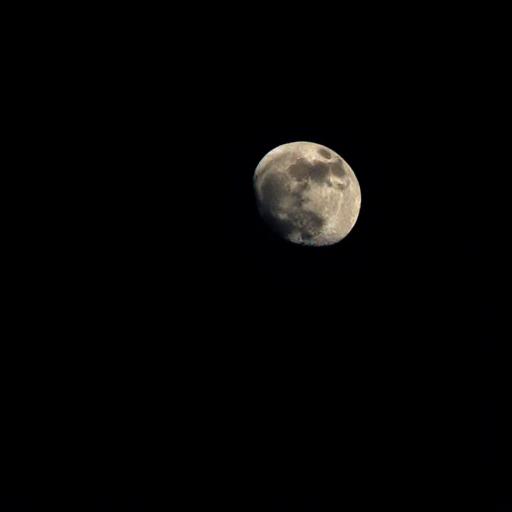Did We Really Go to the Moon?
It's one of the most iconic moments in human history: on July 20, 1969, Neil Armstrong stepped onto the surface of the Moon and said, “That’s one small step for man, one giant leap for mankind.” But more than 50 years later, some people still ask: did we really go to the Moon?
The short answer is yes—humans have landed on the Moon six times between 1969 and 1972 as part of NASA’s Apollo program. But let’s look at the facts and understand where the doubts come from.
The Evidence Is Overwhelming
Each Moon landing mission returned with detailed documentation: thousands of photographs, hours of video footage, and over 800 pounds (380 kg) of lunar rocks and soil that have been analyzed by scientists around the world. These samples are unlike any found on Earth, confirming their extraterrestrial origin.
Moreover, the Lunar Module left behind scientific instruments—some of which are still in use today. For example, retroreflectors placed on the lunar surface during Apollo 11, 14, and 15 allow scientists to bounce lasers off the Moon and measure its distance from Earth with high precision.
The missions were tracked not only by NASA but also by independent observers, including the Soviet Union, which was the USA’s space race rival at the time. If the landings had been faked, it’s highly unlikely the Soviets—who had every reason to discredit the U.S.—would have remained silent.
Why the Conspiracies?
Despite all this, conspiracy theories persist. The most popular claims include questions like: “Why are there no stars in the photos?” or “Why does the flag appear to wave?” These were addressed decades ago:
-
No stars? The camera settings used to capture the bright lunar surface couldn’t pick up the faint light of distant stars.
-
Waving flag? It didn’t wave—it moved when planted due to momentum and had a horizontal rod to keep it extended.
Many conspiracy theories rely on misunderstanding physics or space photography. Others are driven by mistrust of governments or the desire to believe in an alternate reality.
A Legacy That’s Still Felt Today
The Moon landings inspired generations and drove huge advancements in science and technology. They weren't just national achievements—they were a global moment of awe. And with NASA's upcoming Artemis missions, we’re preparing to return to the Moon, this time to stay.
In conclusion, yes—we really did go to the Moon. The evidence is not only solid but multilayered, independently verified, and still observable. While it’s healthy to ask questions, it’s equally important to recognize when those questions have been thoroughly answered by decades of science.
